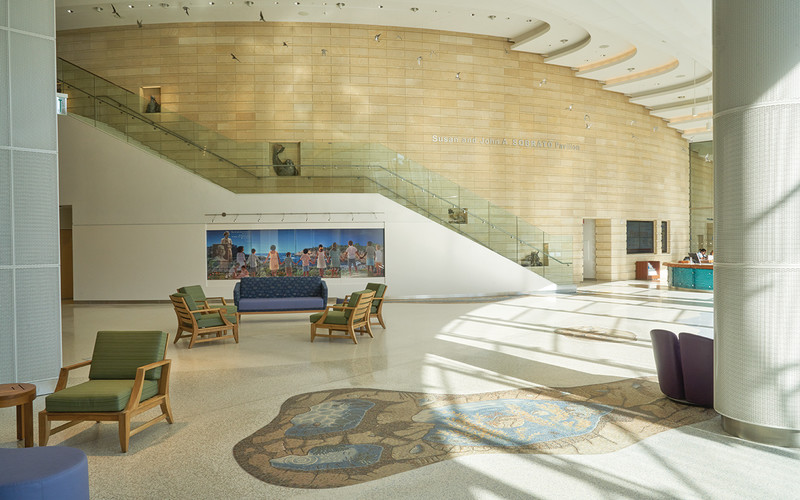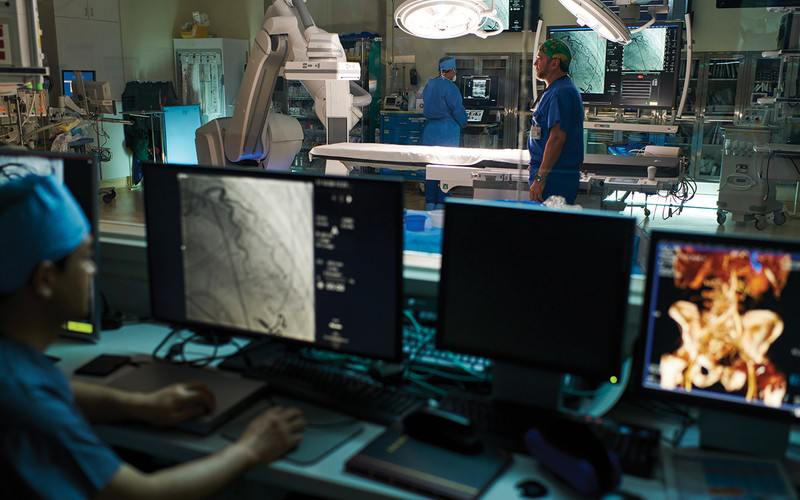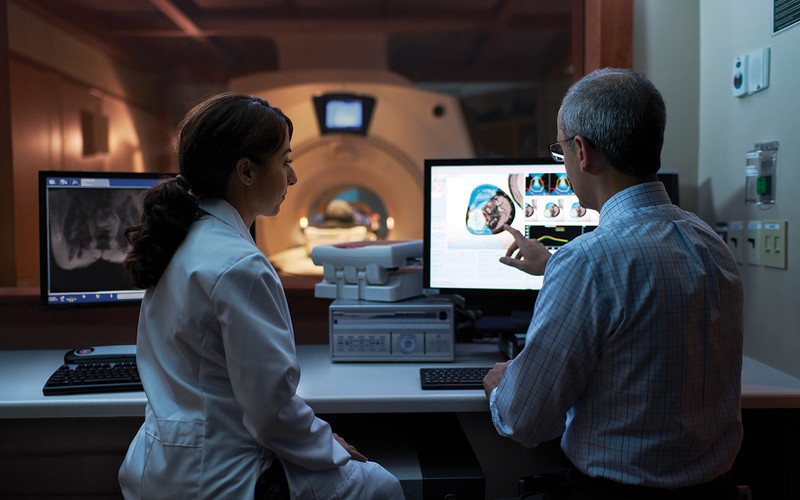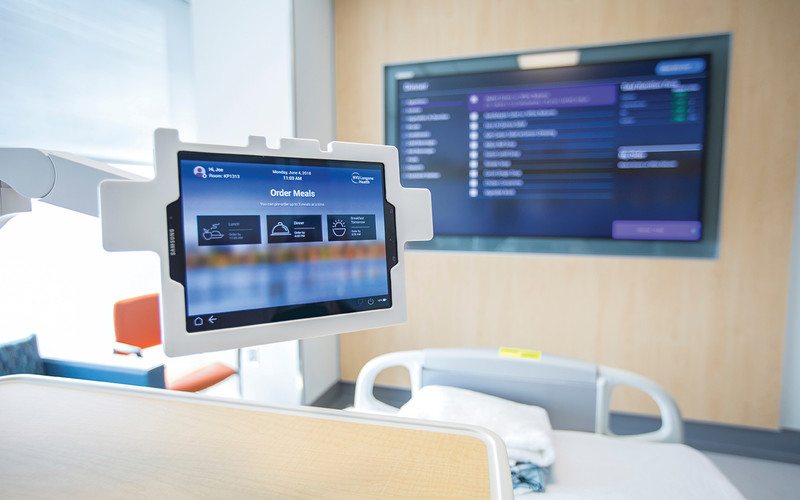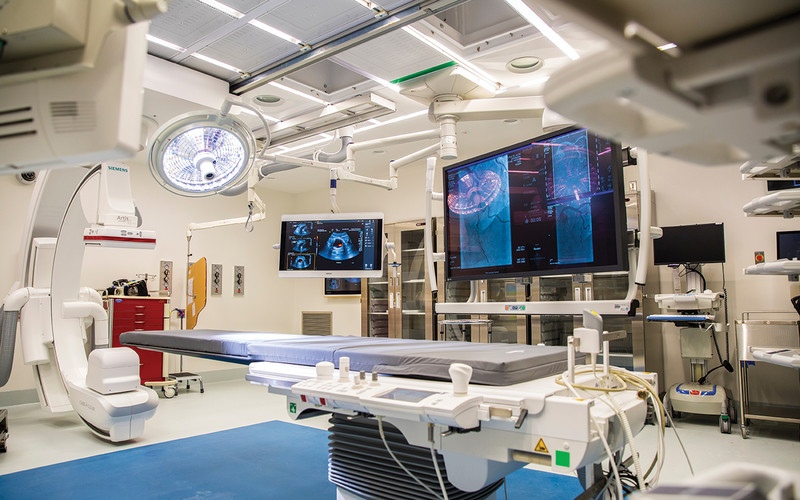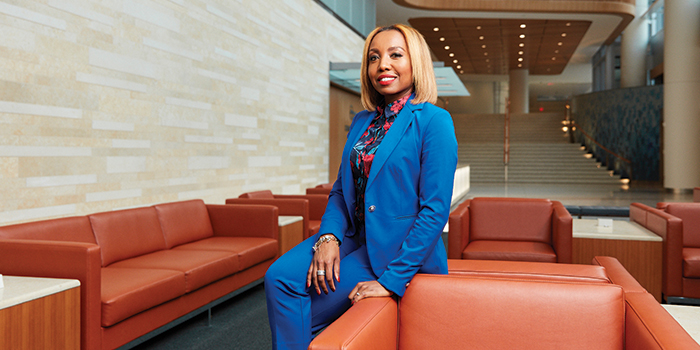Photography by Robert House.
To ensure appropriate bandwidth, the IT staff also deployed Cisco networking gear that provides 40-gigabit-per-second speeds at the core and 1Gbps to the desktop. Cisco access points blanket the premises, enabling ubiquitous Wi-Fi access, says Alan Laver, the hospital’s IT application services manager.
Pageler says the hospital features three types of technologies: cutting-edge clinical technology, such as hybrid operating rooms that include MRI machines and other diagnostic imaging equipment; technology designed to enhance the hospital experience for patients, families and staff; and patient room technology designed to entertain and educate patients.
The hospital uses radio-frequency identification and real-time location services to improve and speed up care, Pageler says. The IT staff placed RFID tags on employee badges and most hospital equipment, and installed 1,200 wired sensors on the ceiling throughout the building to help identify staff and track equipment.
As a result, when physicians and nurses walk into a patient room, their names and pictures pop up on the patient’s television screen. The technology also allows the care teams to quickly locate equipment by checking wall-mounted monitors.
“It’s not infrequent where we would need to use the ultrasound machine and say, ‘Has anyone seen it lately? Where is it?’ And we’d spend a ridiculous amount of time tracking it down,” Pageler says. “Now, we go to the map on the wall and go, ‘Oh, it’s in Room 32,’ which makes it so much more efficient.”
The hospital equips each floor with computers on wheels, and every morning, a team of clinicians brings the computer into patient rooms to discuss the day’s plans and answer questions from patients and their family members. The team uses the computers to access electronic health records, place orders for necessary medication and tests, and type in patient notes.
Physicians and nurses also carry iPhones with them for communication and to streamline patient care. Using a phone app, staff can make IP-based calls or securely text each other over Wi-Fi. The app also integrates with the nurse call system, as well as monitors that track patients’ vital signs, notifying care teams if an intervention is necessary, Laver says.








